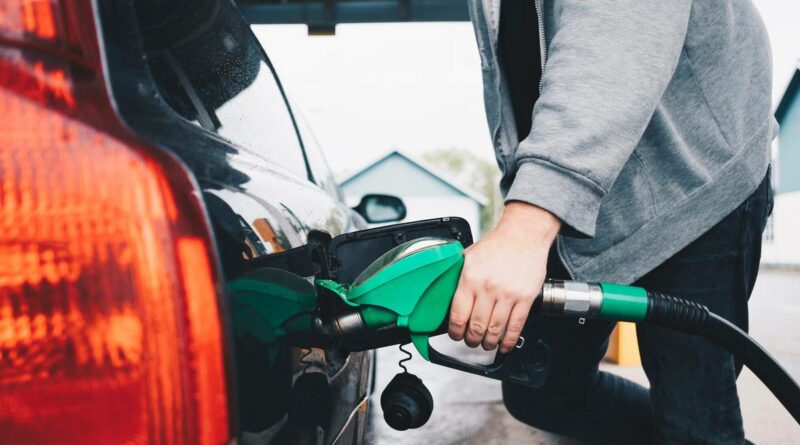Petrol prices could hit $3 per litre in 2022 – AA
Kiwis should brace for the possibility of petrol prices breaking through the $3 benchmark before the end of 2022.
This is according to AA principal policy advisor Terrence Collins, who tells the Herald that prices are already near record levels and likely to continue increasing over the next 12 months.
The Gaspy fuel tracker app currently shows the average price of unleaded 91 at $2.51 (up 7 cents from 28 days ago) and unleaded 95 at $2.69 (up 12 cents).
Collins says that a number of factors are driving the upward trend in prices.
“In the last year or so, the level of demand for oil has surprised producers,” Collins said.
Demand was hitting record levels before Covid hit but then died off as the pandemic took effect. Over the past 12 months, we’ve seen demand steadily increase as businesses around the world get back to full steam.
This increase, said Collins, has had a direct effect on the price of oil.
The Financial Times this morning reported that the price of oil was nearing a seven-year high to more than US$86 a barrel.
Collins agrees with the analysts who anticipate this upward trajectory could push the price of oil to exceed US$100 before the end of the year.
The US Government has implored the world’s leading oil producers to increase production faster, but they are sticking to the plan to replace output cut during the pandemic gradually.
The effect has been greater demand for the available oil pushing up prices further.
Collins says that further pressure is on demand by the sharp decline in investment in exploration.
“Last year, we had the least oil discovered in 75 years,” Collins said.
“Investment in exploration is down 60 per cent in recent years. We’re at a delicate stage as the economy transitions to green energy.”
Collins says that as investors continue to transfer funds to renewable forms of energy, it will only place further demand pressure on the oil production currently available.
As the global economy comes to terms with the Omicron variant and more people become comfortable with the idea of travelling, there will be further demand for oil in the coming months.
Many businesses are also finding ways to ease the logistical and supply chain constraints of the past two years, which means there will also be greater demand for energy from commercial enterprises.
“China’s economy grew by 8 per cent last year, and India is working hard to pull its society into the middle class. Both of these global giants will have a major impact on the demand for energy,” says Collins.
Adding further pricing pressure in the local context is the Government’s taxing regime when it comes to fuel.
In addition to the cost of GST, Collins says that Kiwis should also expect to see an increase in the ETS (emissions trading scheme) levy.
“It’s currently sitting at 15 cents, but the Government has made it clear that it wants to increase carbon levy to meet our climate change targets. I wouldn’t be surprised if this rose a further 6 cents in the coming year.”
The rising cost of fuel isn’t only limited to the pain Kiwis experience when filling up at the pump.
It also has a knock-on effect on other parts of the economy, impacting the cost of producing and moving goods.
“New Zealand is an agricultural economy and most of those big machines are run with diesel,” says Collins.
Rising fuel prices in turn push up the cost of food production and transportation, driving up the prices consumers pay in the supermarket.
In 2021, consumer price inflation hit nearly 5 per cent in the September quarter – the highest seen in a decade.
A statement from Kiwibank economist Jarrod Kerr this week predicted that it hadn’t peaked yet and that it could come in as high as 6.1 per cent for the December quarter.
“There remains a real risk that inflation rises even further over the first half of this year. And persistently high inflation may become embedded in price and a wage-setting behaviour,” Kerr said.
Inflationary pressure isn’t unique to New Zealand, with the US hitting a 40-year high of 7.1 per cent in December.
There will be nervous eyes on the economy in 2022 to determine whether this inflationary pressure is transitory or here to stay.
Source: Read Full Article


